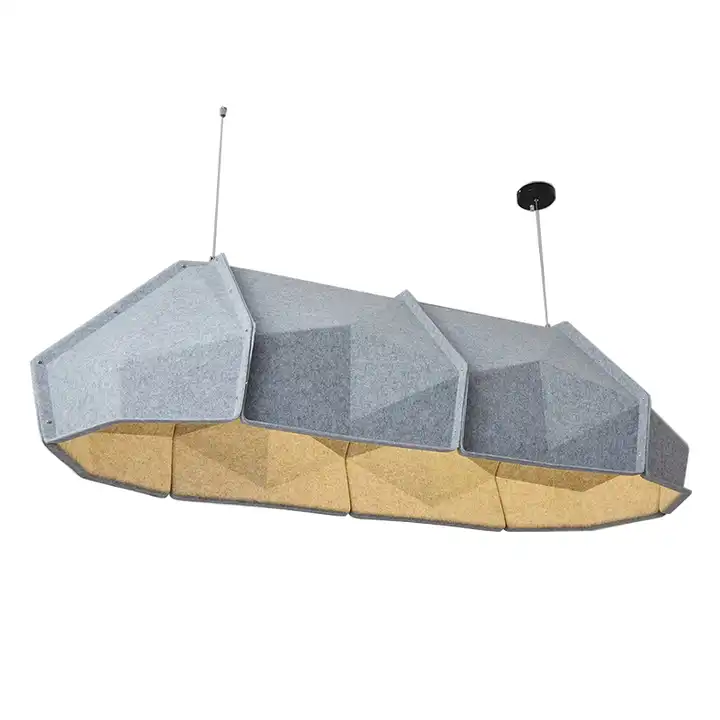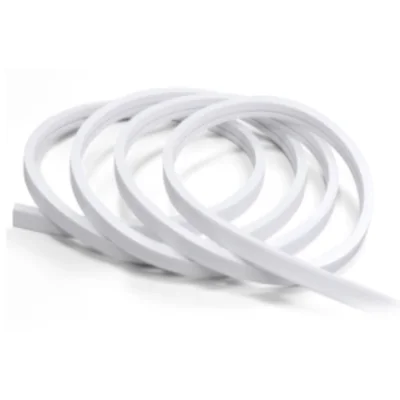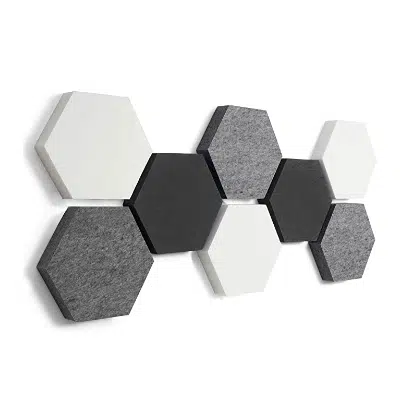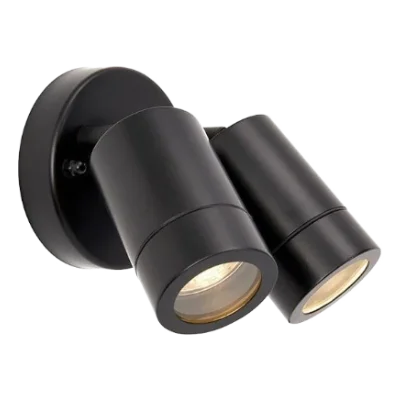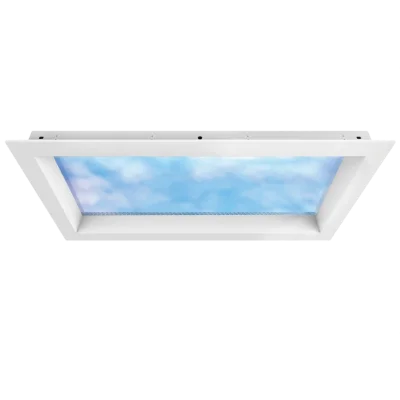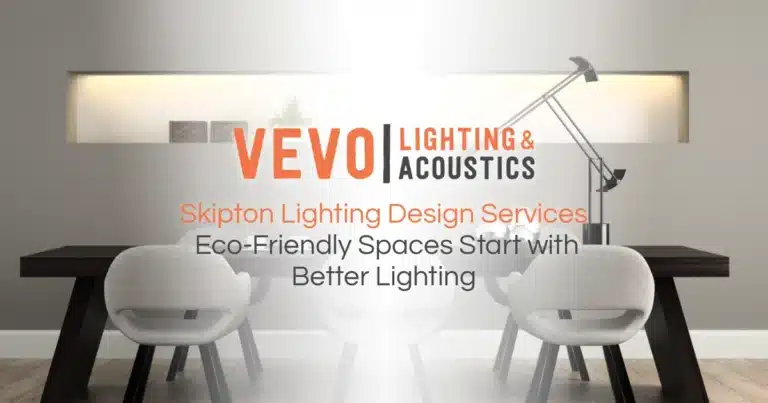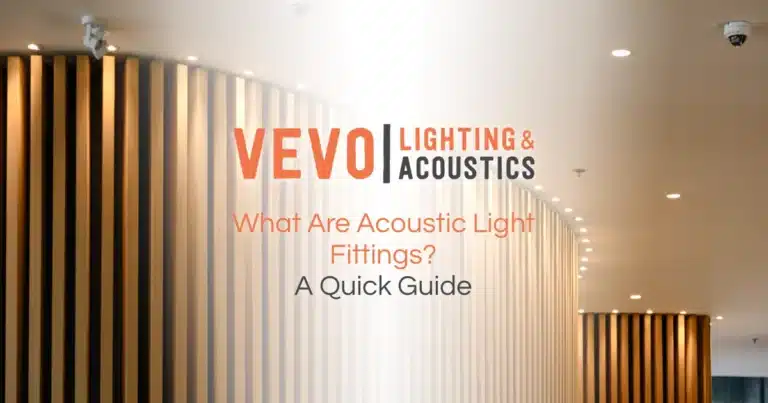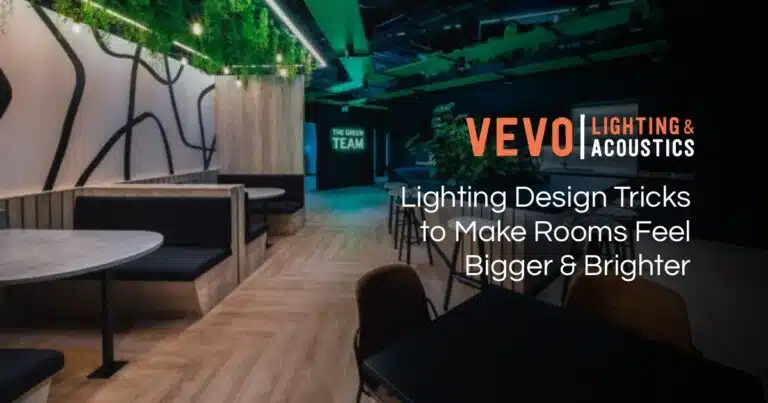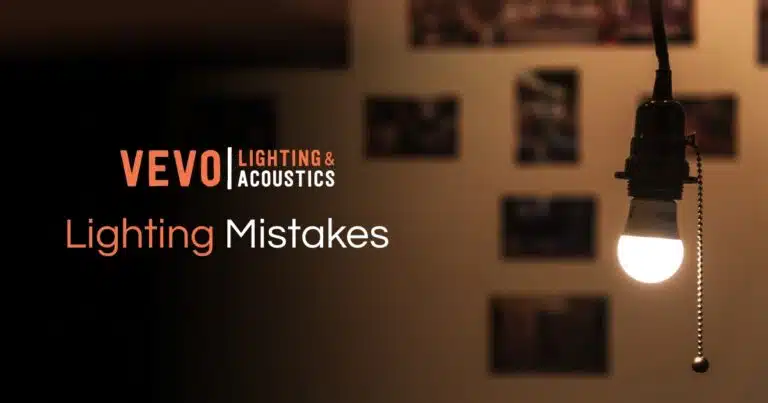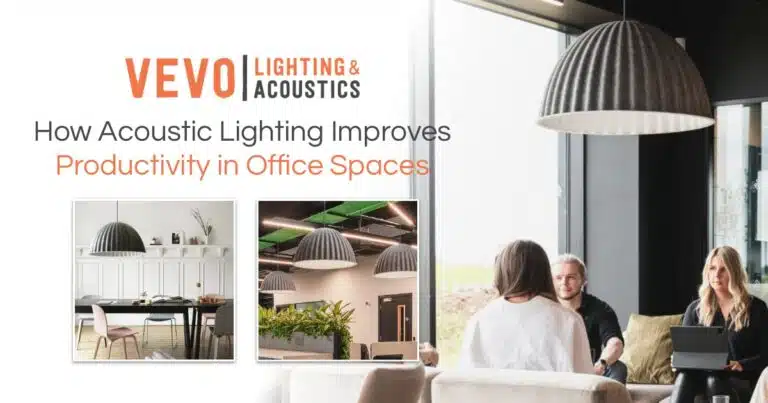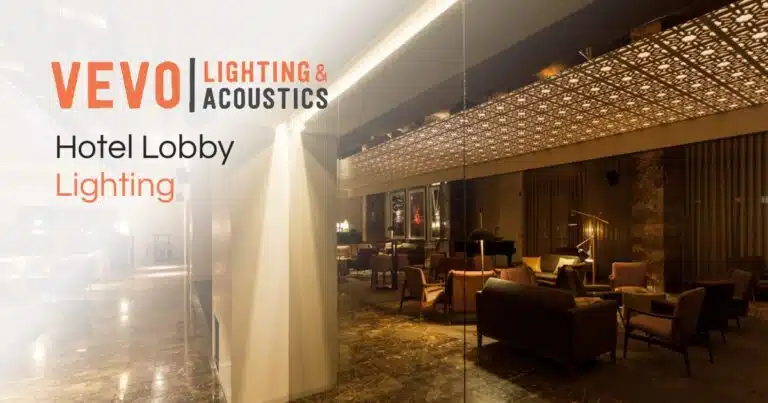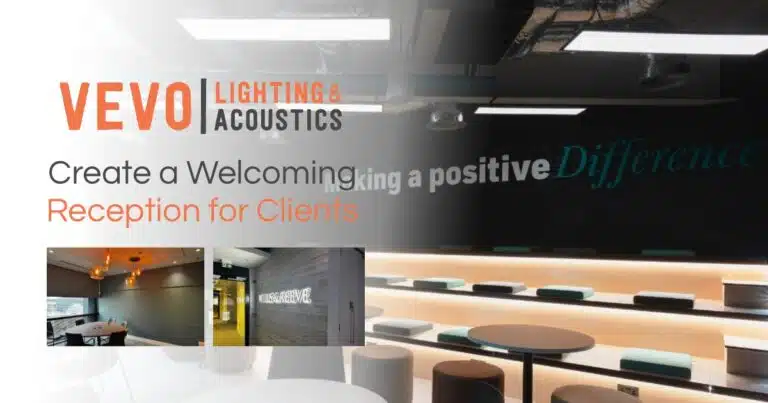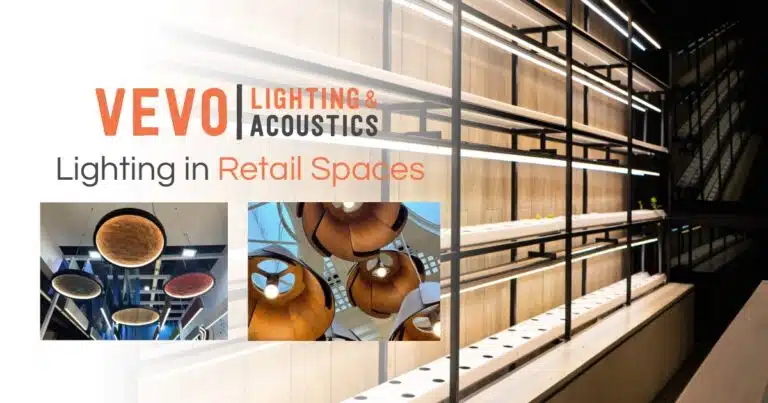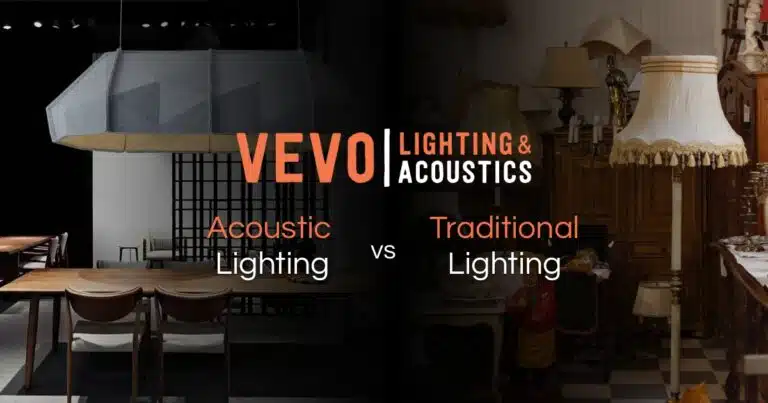Noise is one of the most underestimated challenges in modern interior design. Whether in offices, schools, hospitality venues, or co-working spaces, the acoustic quality of a room has a direct impact on how people feel and function. As open-plan layouts become more common, managing sound becomes more important — and more difficult. That’s where acoustic light fittings come in.
One innovation tackling this problem in a smart and stylish way is the acoustic light fitting. But can a ceiling light really help make a room quieter? The answer is yes — and here’s how.
What Are Acoustic Light Fittings?
Acoustic light fittings are dual-purpose lighting solutions that integrate sound-absorbing materials directly into the light fixture. These materials are typically made from acoustic foam, PET felt (often recycled), or textile panels. The result is a product that not only provides functional and ambient lighting but also helps reduce the amount of noise that bounces around a room.
These fittings are engineered to absorb mid-to-high frequency sounds — the kind produced by people talking, typing, or walking across hard floors. That means they’re particularly useful in spaces where noise builds up and becomes a distraction.
When installed correctly — often above desks, meeting areas, or communal zones — they absorb sound energy before it can reflect off hard surfaces like walls, windows, or ceilings. This doesn’t eliminate noise entirely, but it does reduce reverberation, making speech more intelligible and the overall environment more pleasant and productive.
Why Reverberation Matters
Reverberation is the echo or prolonged sound that occurs when noise bounces off surfaces repeatedly. It’s what makes rooms sound “boomy” or noisy, even when the actual volume of sound isn’t very high. This is a common issue in modern interiors that use hard, reflective surfaces like glass, metal, and concrete.
By cutting down on reverberation, acoustic lighting makes sounds in the room feel more controlled, less chaotic, and easier on the ears. This leads to better communication, greater focus, and a more comfortable experience for everyone in the space.
Design Matters: Placement and Quantity
Just like with any acoustic solution, placement and coverage matter. A single acoustic pendant may not dramatically change a large space, but when used as part of a considered acoustic strategy, it can have a significant effect.
In meeting rooms, installing one or two pendant fittings directly above the table can help reduce echoes and improve clarity during conversations and video calls. In open-plan offices, linear acoustic lights above workstations or collaboration zones can localise sound absorption where it’s needed most.
The key is to treat acoustic lighting as part of an overall design plan — one that balances lighting performance, visual style, and sound control.
Style Without Compromise
One of the biggest advantages of acoustic light fittings is their aesthetic versatility. Available in a wide variety of finishes, colours, and shapes, these fittings allow designers to address acoustic issues without compromising on the visual identity of a space.
Rather than adding bulky wall panels or visible foam tiles, acoustic lights provide a cleaner, more integrated look — perfect for design-conscious commercial environments.
The Human Benefit of Quieter Spaces
Noise isn’t just an annoyance — it’s a health factor. Studies show that high levels of ambient noise can lead to increased stress, reduced concentration, mental fatigue, and even lower productivity. In learning environments, poor acoustics can impair how well students hear, concentrate, and retain information.
By improving acoustic conditions, you create a space that promotes well-being, focus, and clarity — something every modern workspace or learning environment needs.
A Smarter Alternative to Traditional Acoustic Treatments
Traditional solutions like baffles, rafts, and wall panels are effective but often demand more wall space or ceiling height than is available — especially in contemporary interiors. Acoustic light fittings offer a more compact, flexible, and aesthetically cohesive alternative, solving two problems at once.
At VEVO Lighting & Acoustics, we specialise in helping clients across Skipton and Yorkshire choose the right products for their needs — whether you’re fitting out an office, designing a café, or upgrading a shared workspace.
The Verdict
So, can acoustic light fittings really make a room quieter?
Absolutely. While they won’t replace full-scale acoustic engineering in very large or acoustically complex environments, they are a highly effective tool for reducing noise and creating more balanced soundscapes in everyday spaces.
By combining high-performance lighting with subtle yet effective sound control, they offer a smart, sustainable solution for modern interior design — and they look great doing it.


